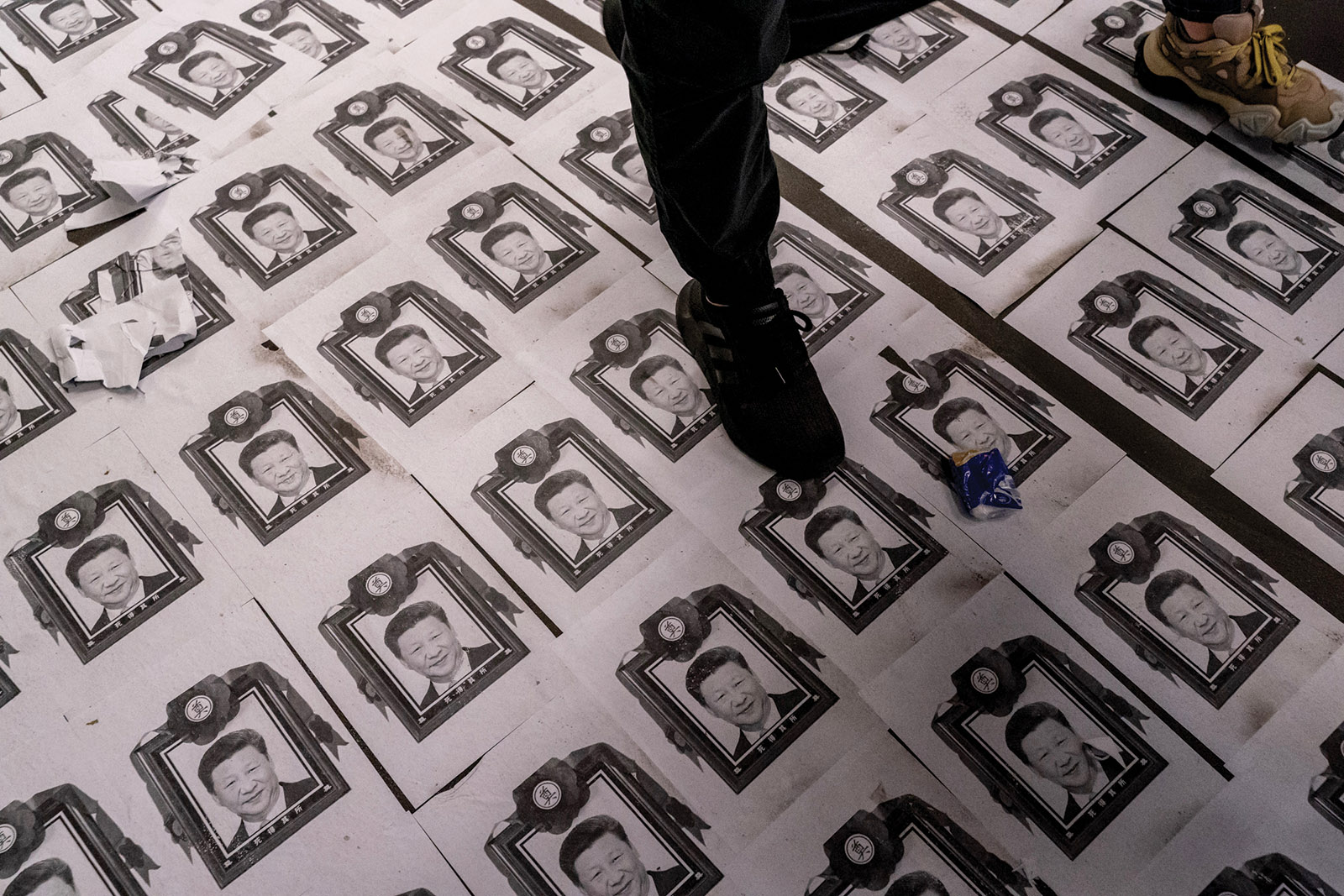Ian Johnson

In November 2019 some one thousand young pro-democracy protesters occupied the campus of Hong Kong’s Polytechnic University, which is located at a crucial junction of two highways and the cross-harbor tunnel. They disrupted traffic for more than a week, trying to pressure the government to investigate police misconduct during large-scale protests earlier in the year. On November 17 they repulsed police efforts to storm the campus. The police threatened to use live ammunition but decided to starve them out instead.
What happened on the following morning was a remarkable show of civic courage. Tens of thousands of Hong Kong residents tried to deliver supplies to the protesters. Police pushed them back, but they still found ways of rescuing the young people. Motorcyclists raced under a pedestrian bridge to pick up some who had climbed down on ropes. Civil engineers used maps of the sewage system and tidal tables to figure out when others could escape through the enormous underground tunnels without drowning. In the end, only one hundred of the protesters had to surrender to police.
The political scientist Ho-fung Hung recounts this episode in City on the Edge, a timely and carefully researched exposé of how China botched its stewardship of Hong Kong after taking over the British colony in 1997. It had promised fifty years of considerable autonomy that would leave in place many of the freedoms the prosperous region had enjoyed under the British. But instead Beijing installed a succession of barely competent leaders who tried to ram through unpopular measures meant to bring the city of 7.5 million more firmly under Chinese control. That spurred two decades of protests culminating in the 2019 uprising. Despite widespread popular support for the protests—several of half a million or more participants—Beijing eventually got its way. This was made clear in late June, when the Chinese leader Xi Jinping traveled to Hong Kong to celebrate the twenty-fifth anniversary of the handover—a trip that showed how the city’s once-thriving culture of political engagement, its independent media, and its judiciary have been obliterated.
Hung is a professor at Johns Hopkins who grew up and was educated in Hong Kong. His book is one of several recently published by people with long ties to Hong Kong who struggle to make sense of the catastrophe that has befallen it. Each gives a kaleidoscopic view of the many realities of a city that long sat on the edge of two empires: the great land empire of the Qing and its eventual successor, the People’s Republic of China, and the British oceanic empire and its successor in the American-led world trading system. This geography meant that Hong Kong was a borderland but also a bridge between a semiclosed command economy to its north and foreign commercial empires across the seas—a bridge that grew into one of the world’s great financial and commercial centers.
For most of the British colonial era, which began in the 1840s, people moved easily between China and Hong Kong, and most thought of themselves as Chinese. The creation of the People’s Republic cut these ties, causing a one-way flow of refugees escaping the Communist regime. A new postwar generation of people with no direct experience of China began to think of themselves as Hèunggóngyàhn, or Hong Kongers.
No comments:
Post a Comment